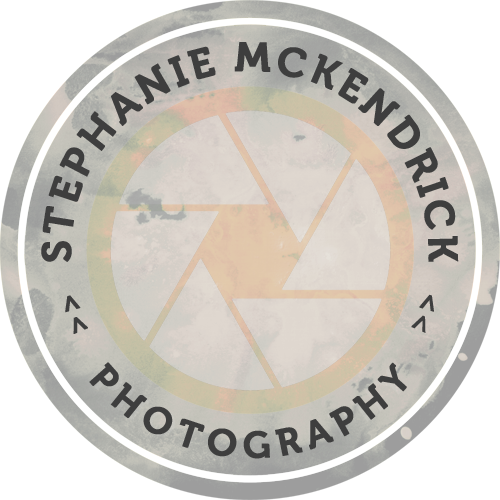While there are truly no rules in photography, there are certain guidelines that can enhance the impact of your photos if utilized correctly. I figured if we discussed these few guidelines toward the beginning of this course, you can use these tips throughout the rest of the lessons we go through, as these things will bring your photography to a whole new level.
There are are number of established composition guidelines which can be applied in almost any situation, to enhance the impact of a scene. These guidelines will help you take more compelling photographs, lending them a natural balance, drawing attention to the important parts of the scene, or leading the viewer's eye through the image. Once you are familiar with these composition tips, you'll be surprised at just how universal most of them are. You'll spot them everywhere, and you'll find it easy to see why some photos "work" while others feel like simple snapshots.
Rule of Thirds
This is one of the most powerful and utilized composition guidelines you'll ever come across in your study of photography. Imagine that your image is divided into 9 equal segments by 2 vertical and 2 horizontal lines. The rule of thirds says that you should position the most important elements in your scene along these lines, or at the points where they intersect. Doing so will add balance and interest to your photo.
This animation shows you how the rule of thirds can greatly impact the strength of an image. The image on the left does not follow the rule of thirds, as the image on the right does. The image on the right is by far a more visually appealing image.
Leading Lines
When we look at a photo, our eye is naturally drawn along lines. By thinking about how you place lines within your composition, you can affect the way we view the image, pulling us into the picture, towards the subject, or on a journey "through" the scene. There are many different types of like - straight, diagonal, curvy, radial, etc - and each can be used to enhance our photo's composition.
Symmetry & Patterns
We are surrounded by symmetry and patterns, both natural and man-made. They can make for very eye-catching compositions, particularly in situations where they are not expected. Another great way to use them is to break the symmetry or pattern in some way, introducing tension and a focal point to the scene.
Viewpoint
Before photographing your subject, take time to think about where you will shoot it from. Our viewpoint has a massive impact on the composition of our photo, and as a result it can greatly affect the message that the shot conveys. Rather than just shooting from eye level, consider photographing from high above, down at ground level, from the side, from the back, from a long way away, from very close up, and so on.
By changing your viewpoint, the entire image changes. Think of new and unique ways to photograph one subject. Think of how it makes you feel toward a subject looking at an image looking down on them. How about looking up at them?
Background
How many times have you taken what you thought would be a great shot, only to find that the final image lacks impact because the subject blends into a busy background? The human eye is excellent at distinguishing between different elements in a scene, whereas a camera has a tendency to flatten the foreground and background, and this can often ruin an otherwise great photo. Thankfully this problem is usually easy to overcome at the time of shooting - look around for a plain and unobtrusive background and compose your shot so that it doesn't distract or detract from the subject.
Framing
The world is full of objects which make perfect natural frames, such as trees, archways and holes. By placing these around the edge of the composition you help to isolate the main subject from the outside world. The result is a more focused image which draws your eye naturally to the main point of interest.
Now Put These Compositions To Work!
Try each one of these different composition techniques throughout the next week or so and see what you learn about how changing your composition slightly can significantly impact the strength of your photos. Photograph at least two different subjects for each composition style, and then upload them to a Flickr album named "Framing & Perspective". Comment here with the link to your album and I'll go through and send you some feedback! Excited to see what you come up with.
PS - feel free to shoot in auto mode for these photos. We'll get technical in the next lesson.
PSS - don't edit ANY of these photos! I'm just interested in your ideas of composition here. We'll get fancy schmancy later!















